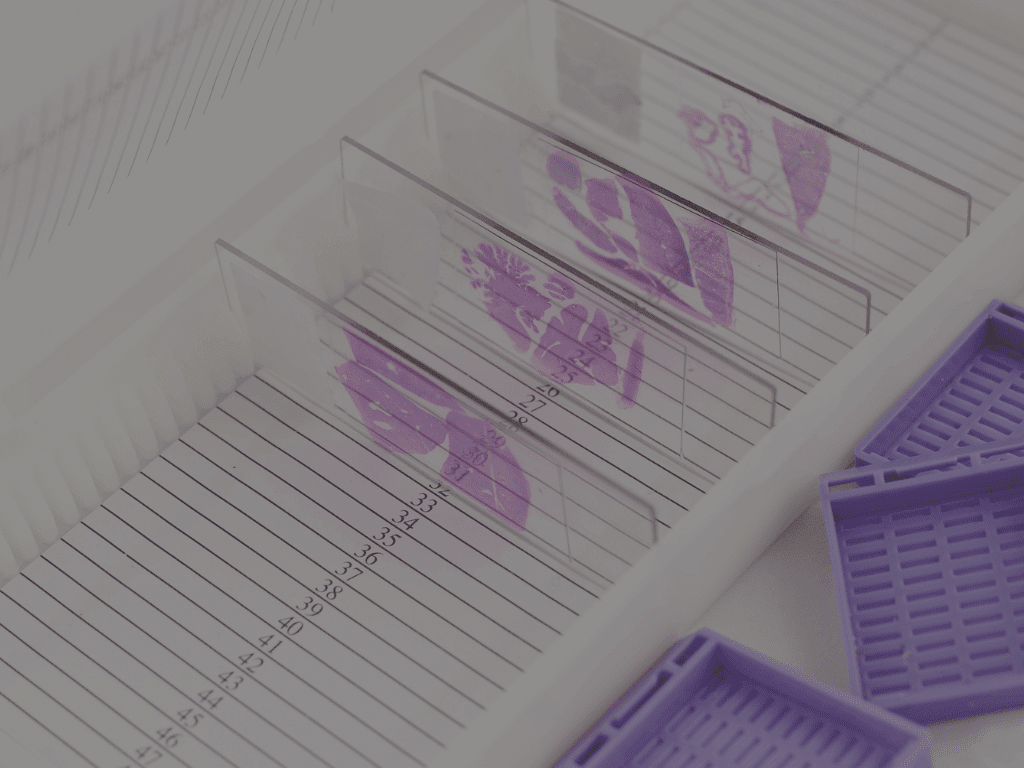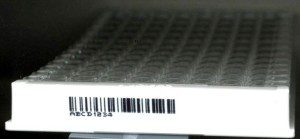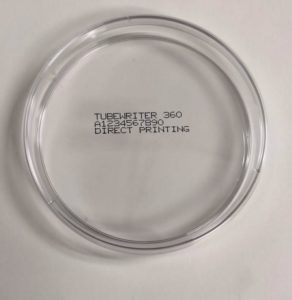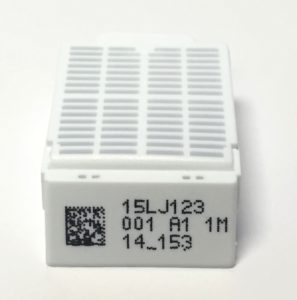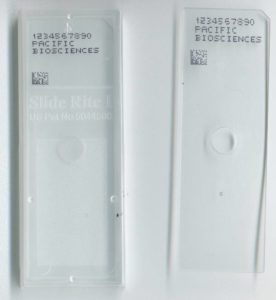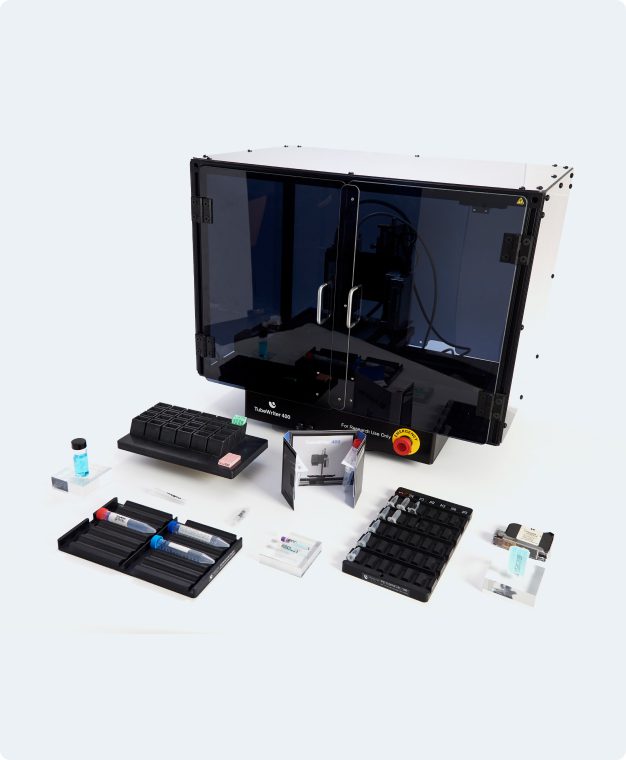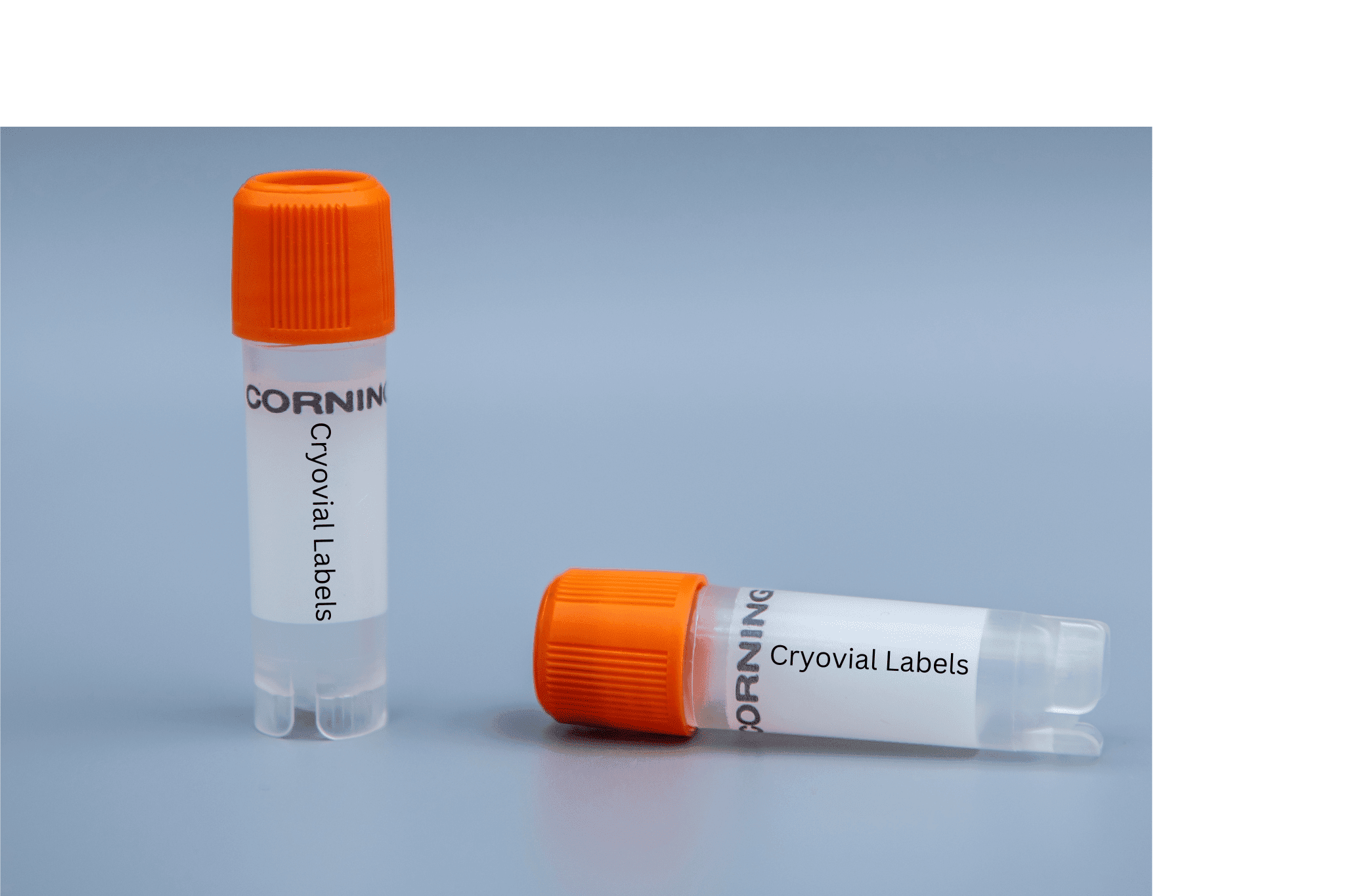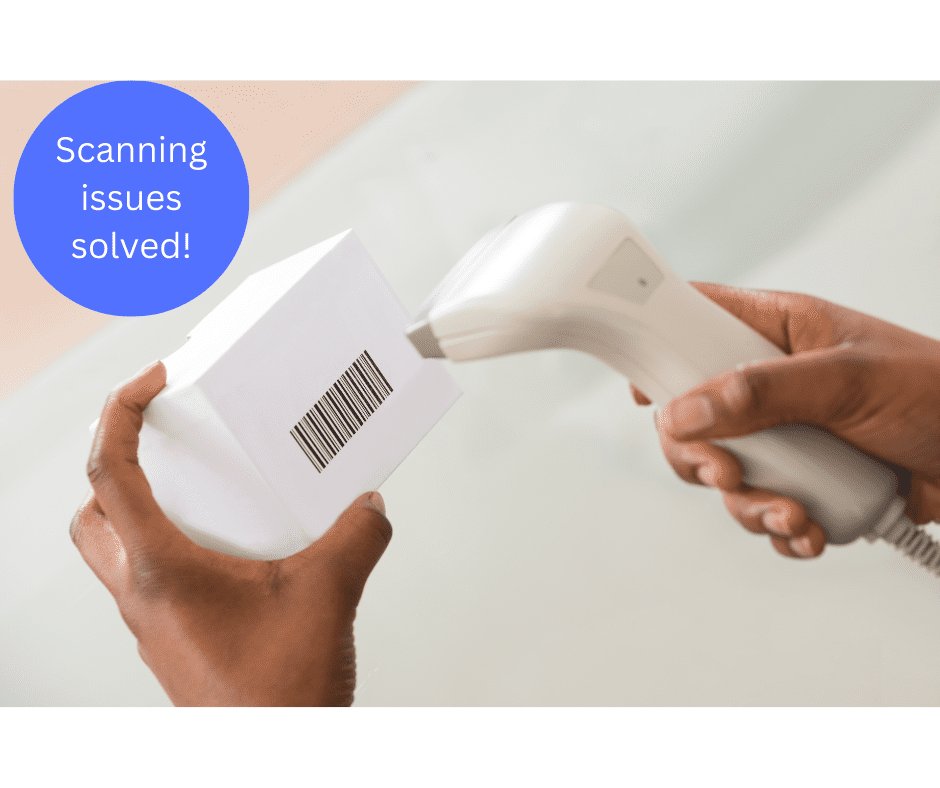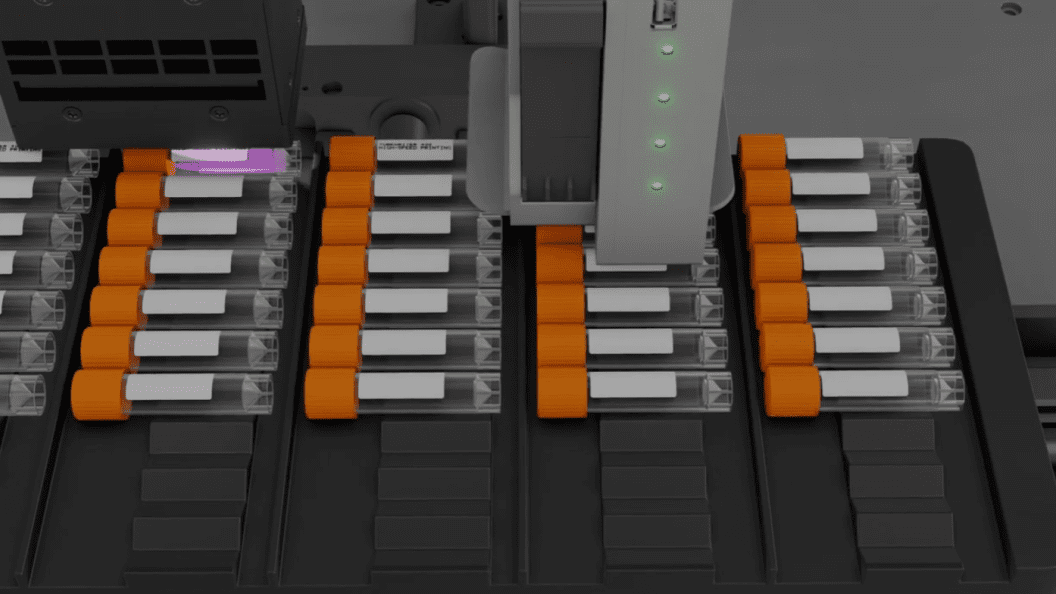When you work in a lab, it’s crucial to keep track of labware involved in experiments, and not just specimen tubes and vials. Proper labeling is vital for the success of experiments and helps you and your colleagues avoid confusion. By labeling each item used in experiments clearly, you can prevent errors, saving time and eliminating cross contamination. Here are some different types of labware that TubeWriter can label, and why it’s important to label them.
Labeling Non-Tube Labware with TubeWriter
Microplates
Microplates are commonly used in laboratory experiments to conduct high-throughput screening assays, where multiple samples or compounds are tested simultaneously in different wells of the plate. Labeling a microplate helps to identify and track the contents of each well.
This way, researchers can keep track of the samples or compounds that are added to each well, as well as the experimental conditions and any other relevant information. This helps to ensure accurate and reliable data collection and analysis, as well as streamlining the process of identifying specific wells for further analysis or manipulation.
Furthermore, labeling a microplate can help to prevent mistakes or errors that may occur during the experimental process. For example, misplacing a sample or accidentally adding the wrong compound to a well can be easily avoided by using clear and accurate labels on the microplate. With TubeWriter, you can directly print all necessary labeling to save time traditionally used on handwritten or adhesive labels.
Petri Dishes
Petri dishes are typically labeled with the name or identification code of the microorganism being cultured, as well as the date and any other relevant information such as the medium used or the experimental conditions. This helps researchers to keep track of experiments and ensures that they are working with the correct samples, preventing mix-ups.
When you use several petri dishes, labeling them with clear and distinct labels ensures that they are easily identifiable and reduces the risk of confusion. Labeling is also an effective means of communication between researchers or team members. For example, if a researcher is collaborating with others, labeling the petri dishes with their name or initials can help to identify who conducted the experiment or made the observation.
By keeping detailed records of the samples, cultures, and experimental conditions, researchers can ensure that their results are accurate and reproducible. This is especially important in microbiology, where even small variations in experimental conditions can have a significant impact on the results.
Related Read: Excel Tips for Scientists
Cassettes
Cassettes are commonly used in histology laboratories to hold and process tissue samples for analysis. Labeling cassettes with a unique identification code helps to identify the tissue sample and track it throughout the processing and analysis pipeline. This typically includes the patient name, specimen type, and any other relevant information such as the biopsy site or specimen collection date.
Labeling cassettes helps to keep them organized and prevent mix-ups. In a busy laboratory, there may be hundreds or even thousands of cassettes in use at any given time, and labeling them with clear and distinct information ensures that they are easily identifiable and reduces the risk of confusion.
Clear labeling is also important for workflow management when tissue samples may undergo multiple processing steps, such as fixation, embedding, sectioning, staining, and imaging. By labeling each cassette, researchers can track the sample as it moves through each step of the process and ensure that it is properly handled and analyzed. Detailed records of the samples ensure that researchers’ results are accurate and reproducible. This is especially important in histology, where even small variations in processing conditions can have a significant impact on the results.
Slides
Proper labeling of slides is a critical aspect of laboratory work. It facilitates efficient management of experimental data, enabling researchers to quickly and accurately identify which slides belong to which experiment. Accurate identification and retrieval of experimental data saves valuable time, making the research process more efficient.
Furthermore, proper slide labeling is essential for avoiding errors in experimental data analysis. Mixing up slides from different experiments can lead to incorrect conclusions being drawn and jeopardize the accuracy and integrity of research findings. Proper labeling of slides prevents such errors and ensures that experimental data is correctly analyzed and reported.
Why Proper Labeling Is Important for All Labware
Firstly, labeling your labware helps with organization. By keeping your labware labeled and organized, even labware that aren’t tubes or vials, you’ll know where everything is, which makes it easier to find what you need quickly. This improves efficiency in the lab and saves time.
Labeling also helps prevent contamination. Using the wrong labware can introduce foreign substances or unwanted bacteria into your samples, ruining your experiment. By labeling your labware, you can make sure that each item is used for its intended purpose, reducing the risk of contamination.
Finally, correct labeling reflects a researcher’s commitment to professionalism and laboratory etiquette. By properly labeling labware, researchers demonstrate a sense of respect and responsibility towards their work and that of their colleagues. Proper labeling demonstrates adherence to established laboratory procedures and best practices, and fosters a collaborative environment conducive to successful research outcomes.
For more information on the type of labware that TubeWriter can label with direct printing, check out our gallery, or request a demo with our team.

